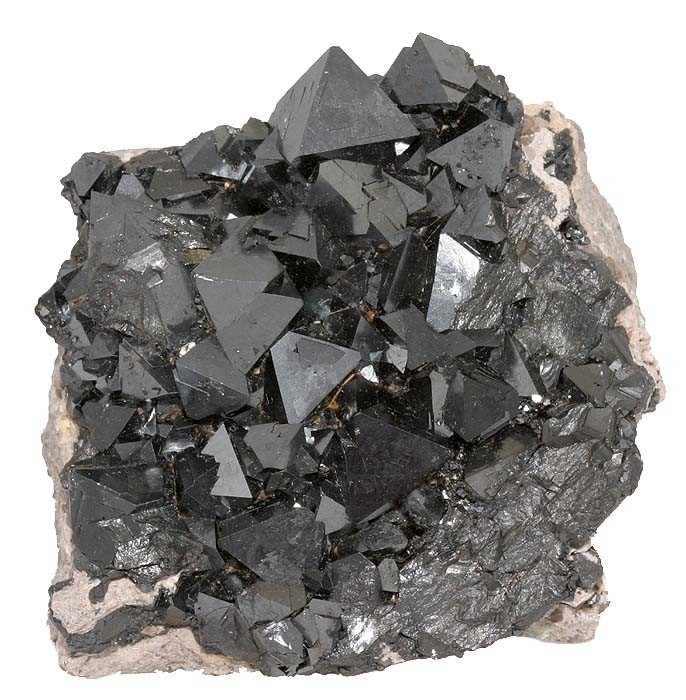L Vanice
Diamond
- Joined
- Feb 8, 2006
- Location
- Fort Wayne, IN
Years ago, I toured the Saugus Iron Works in Massachusetts, a restored 17th century iron smelter and water powered iron processing plant. I recall the source of the iron was called bog iron and there was a lot of waste to dispose of after the furnace was run. The big waste dump from the 1600's is still there next to the river that powered the bellows, hammer and rolling mill. I got the impression that the local ore was low grade. It is a great place to visit.
My home in Indiana has a partial facing of local limestone and some of the stones have developed red stains over the decades. I am pretty sure the red stain is rust and it looks like there is very little iron in the few stones that do have the red stains. You would need a huge pile of this rock to hope for any usable amount of iron.
Larry
My home in Indiana has a partial facing of local limestone and some of the stones have developed red stains over the decades. I am pretty sure the red stain is rust and it looks like there is very little iron in the few stones that do have the red stains. You would need a huge pile of this rock to hope for any usable amount of iron.
Larry





